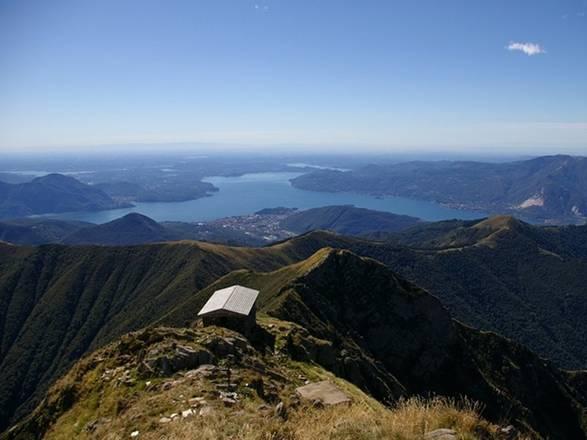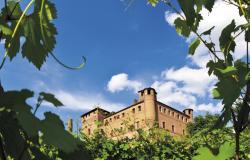The Sesia-Val Grande in northwest Italy has been included in the UNESCO list of Global Geoparks.
Italy has nine Global Geoparks. The recent addition means that Italy is the European country with the largest number of Geoparks and the second in the world after China.
UNESCO classifies a Global Geopark as a unified area with geological heritage of international significance. Geoparks use that heritage to promote awareness of key issues facing society and many Geoparks promote awareness of geological hazards, including volcanoes, earthquakes and tsunamis. Geoparks also hold records of past climate change and are educators on current climate change, as well as adopting a best practice approach to utilising renewable energy and employing the best standards of “green tourism.” There are 100 Geoparks spread across 29 countries.
The Sesia-Val Grande Geopark borders Valle d’Aosta and Mount Rosa on the west, the Ossola and Vigezzo valleys and Swiss border on the north, the Maggiore Lake on the east and southeast, and the Po valley on the south near Vercelli. The Geopark includes the Val Grande National Park, the two Alta Valsesia and Monte Fenera regional parks, and the Sacri Monti di Varallo and SS. Trinità di Ghiffa Special Nature Reserves. The territory includes the whole Val Grande National Park and 26 bordering municipalities northwards, while extending southwards over a large area including Valsesia up to Mount Rosa and part of the surrounding valleys including Valsessera and Valstrona, part of the Biellese Alps and the High Novaresi Hills.
The Sesia-Val Grande Geopark’s geology is connected to Alpine tectonics with outcrops used for hiking tours through the Earth’s crust, including a journey from the deep crust to the collapsed caldera of a fossilised supervolcano in the lower Sesia Valley with its 15-mile-deep magmatic plumbing system. The Geopark provides one of the most spectacular sections through rocks of lower crustal origin lifted by mountain building processes. Two important rocks are of special interest: the pink marble in Ossola, used to build Milan’s Duomo in the 14th century, and soap stone, which has been used for a variety of purposes throughout history. The villages in Val Sesia are important for the history of the Walser people, who migrated to the region between the 12th and 13th century from what is now the German-speaking part of the Swiss canton of Valais.


